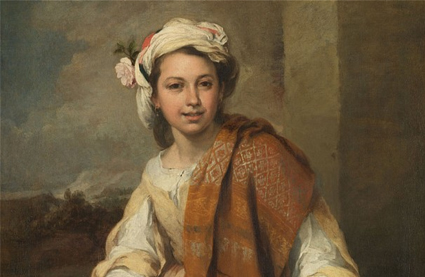“Murillo and Justino de Neve: The Art of Friendship” at Dulwich Picture Gallery.
Bartolome Esteban Murillo (1617-82) was once regarded as a god of painting. The Victorians loved his sweet, tender visions of the Virgin Mary, and his compassionate portraits of the children of Seville – the earliest serious depictions of street children, as individuals in their own right, in the history of western art. With his contemporary Velazquez, Murillo was the only Spaniard allowed a place on the Podium of the Painters on the Albert Memorial. But by the start of the twentieth century the tides of taste had turned against him, especially in Britain. He was damned by association with the Victorians themselves, derided as a purveyor of sentimental, chocolate-box confections. Even his most monumental and majestic works, altarpieces of the Virgin Mary or the saints, gazing heavenwards with expressions of spiritual yearning, came to be seen as formulaic, artificial and exaggerated. He was given the dismissive nickname, “Master of the Upturned Eyeball,” while his genius for observation, his intense sympathy for the poor, his sheer virtuosity and originality were all conveniently overlooked.
Murillo’s reputation has yet to recover from that sudden eclipse, but a brilliant new exhibition at Dulwich Picture Gallery deserves to win him many new admirers. It opens with two of his finest portraits, both borrowed from the National Gallery: a sombre depiction of Murillo himself deep in thought, painted, as its inscription indicates, to keep his memory alive in the minds of his children; and a vibrant likeness of Don Justino de Neve, canon of Seville Cathedral, for whom the artist created many of his most dazzlingly expressive religious paintings. The show at Dulwich goes on to explore the close and productive friendship between the two men. In doing so it establishes the context...

A Reputation Resurrected
07-04-2013

